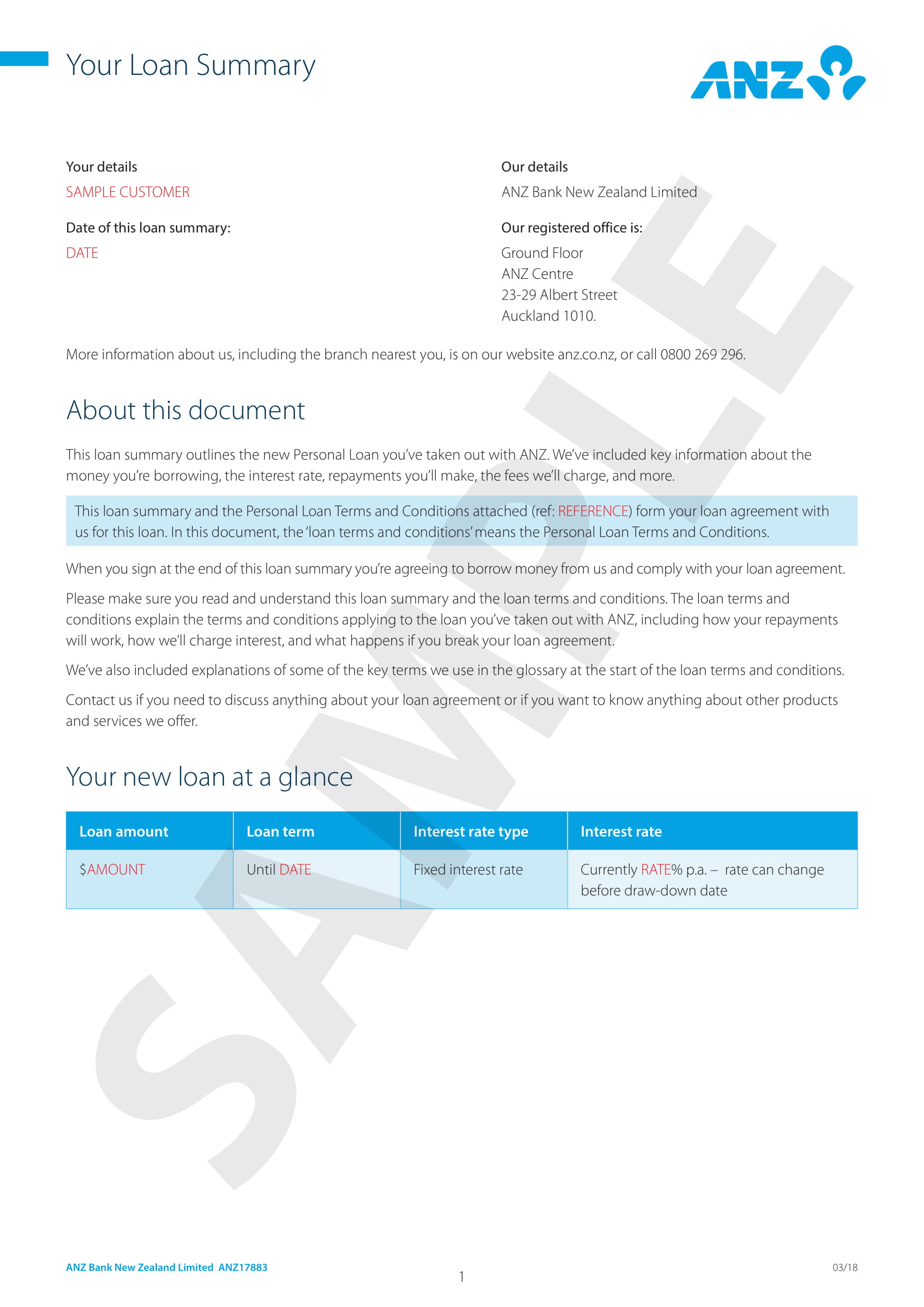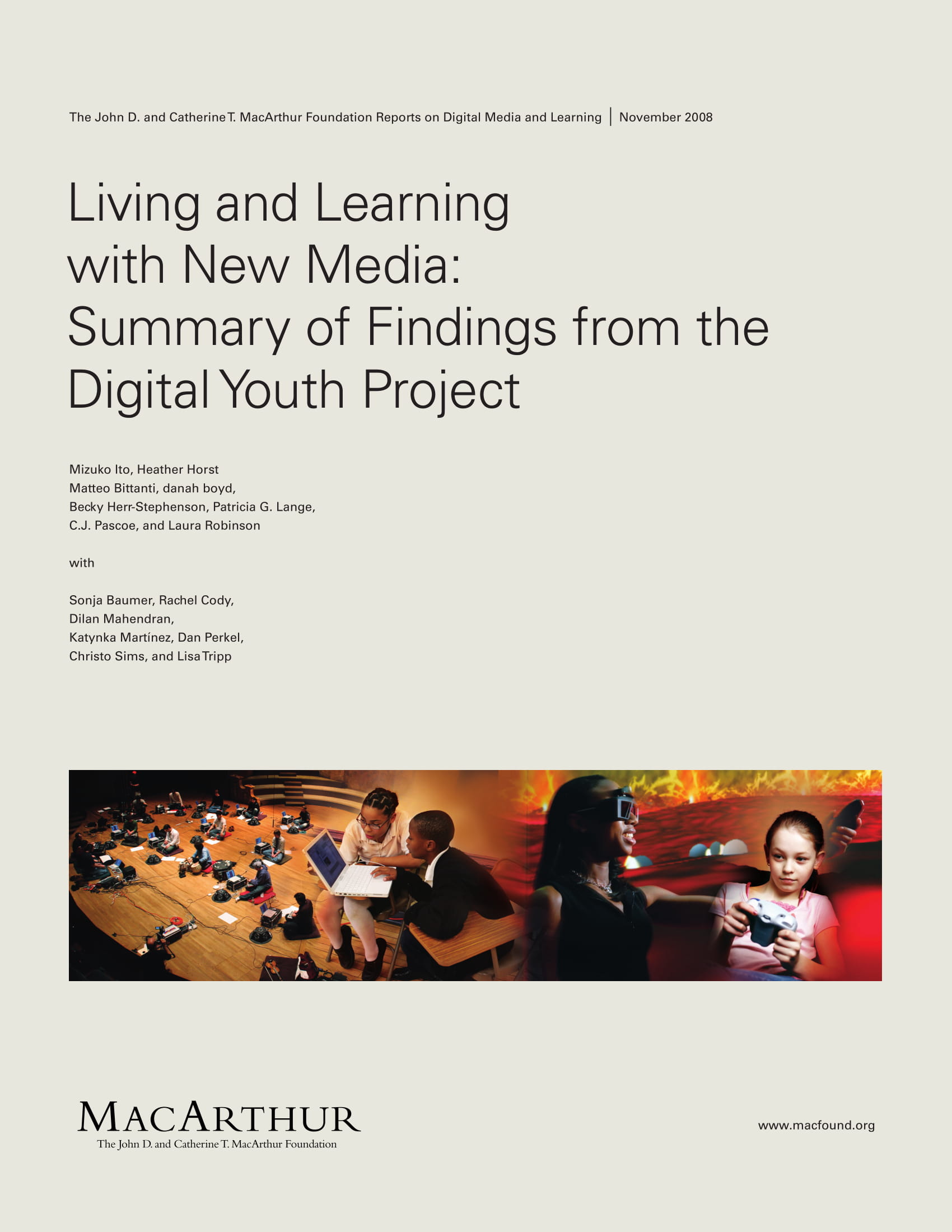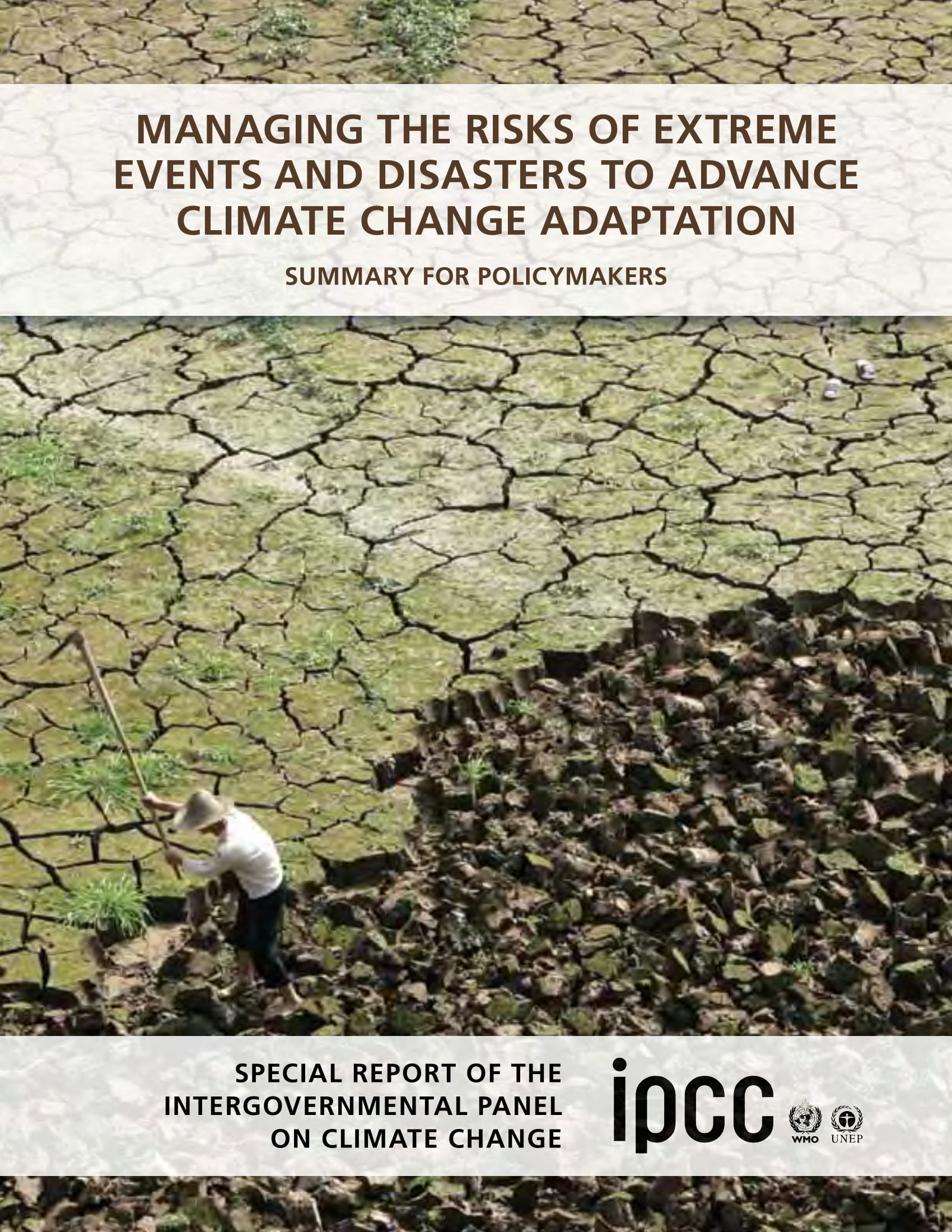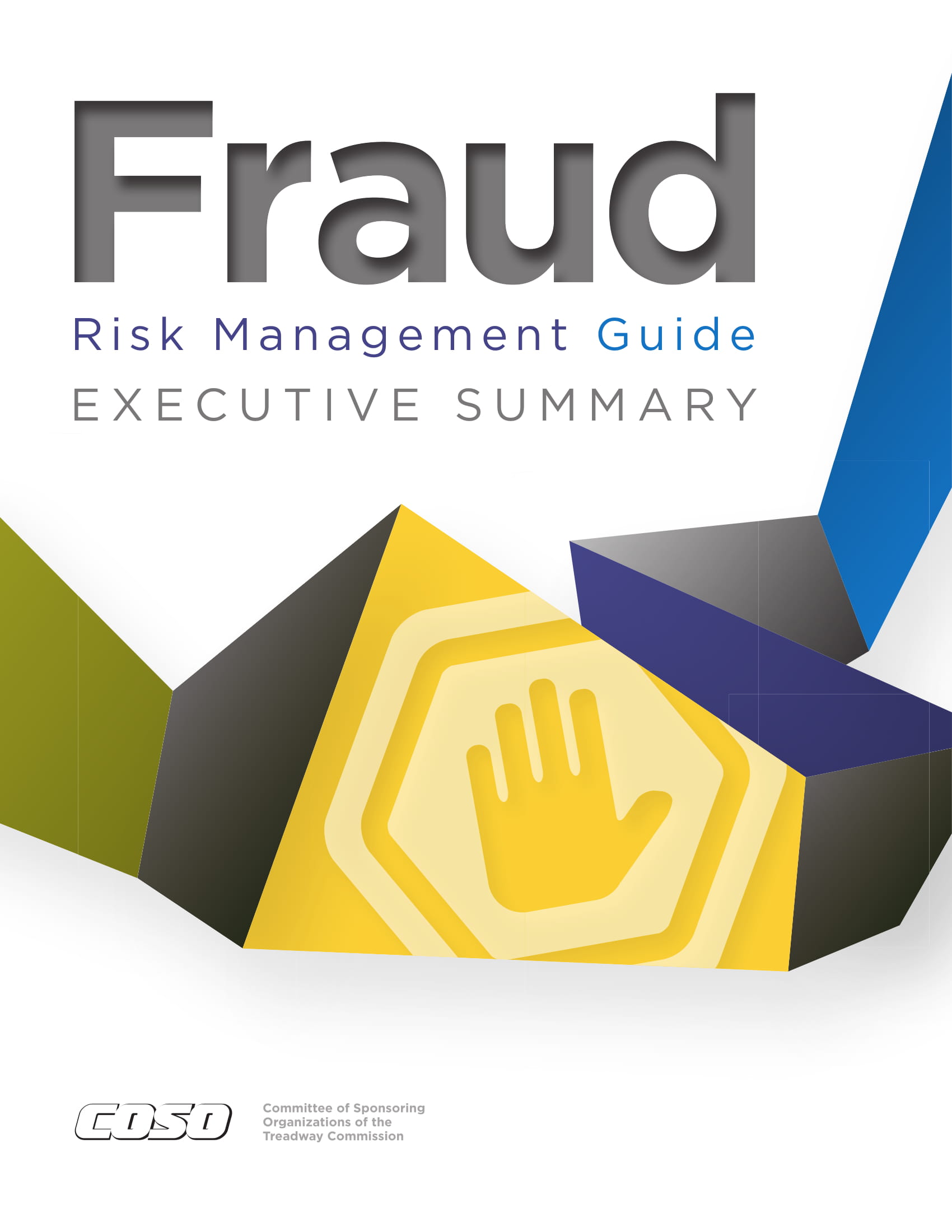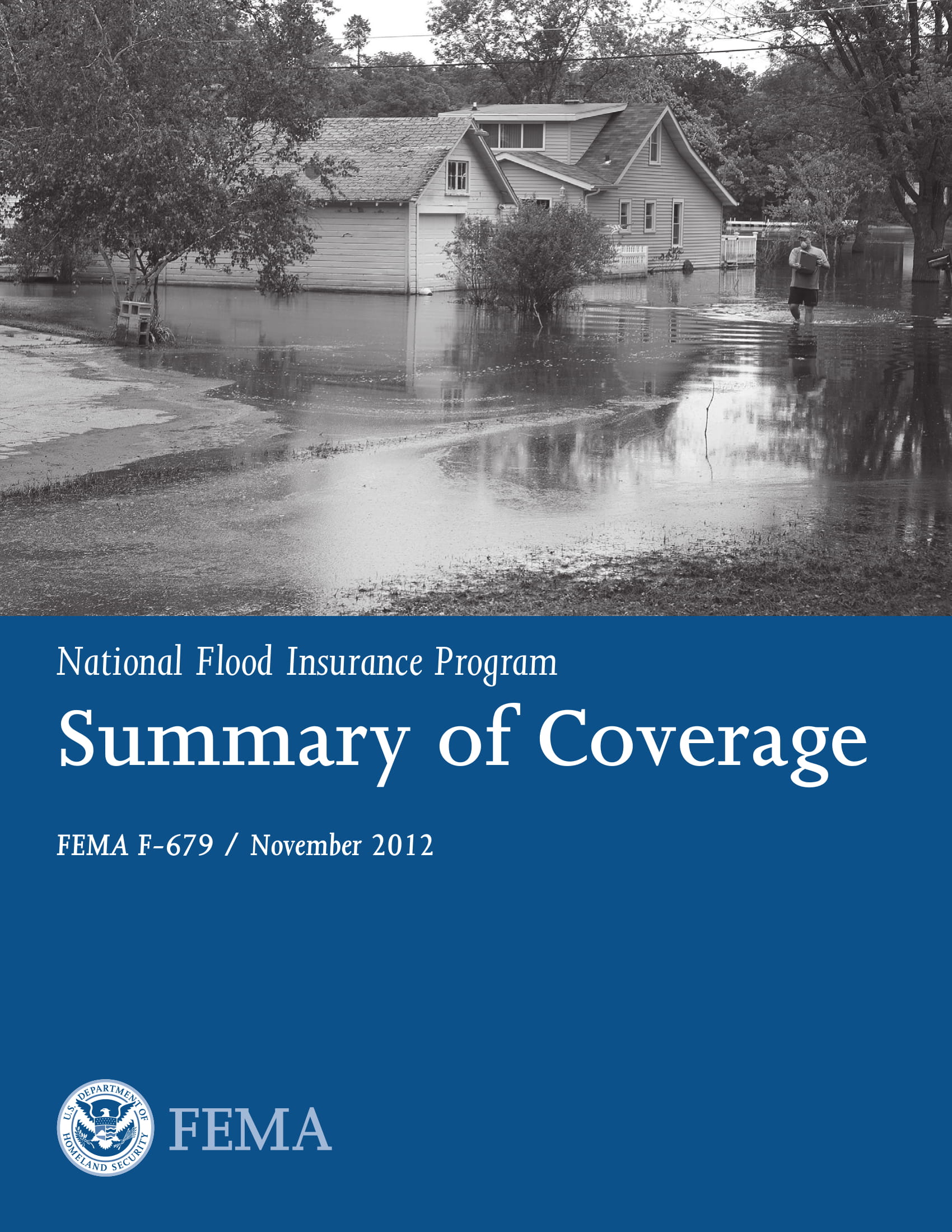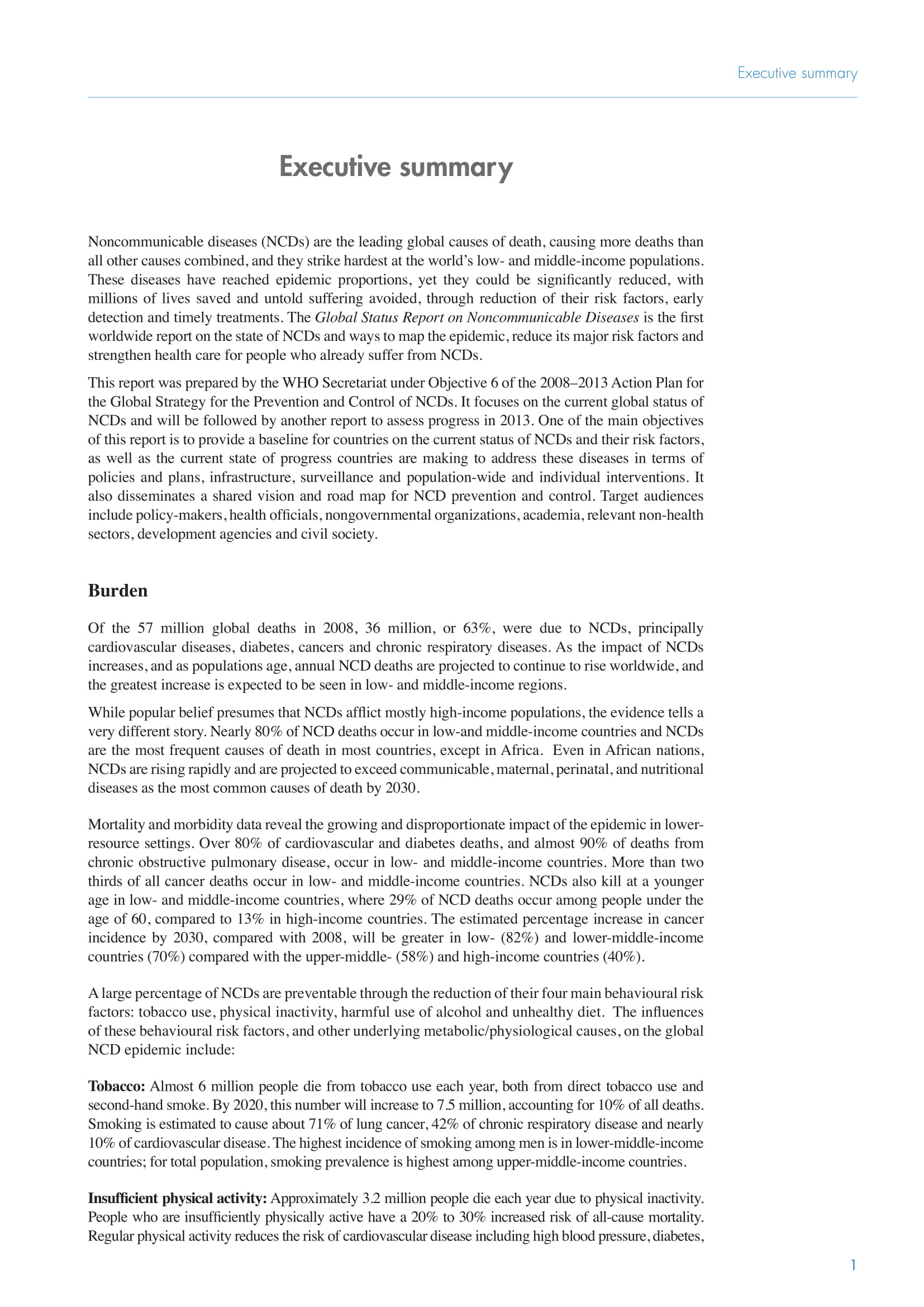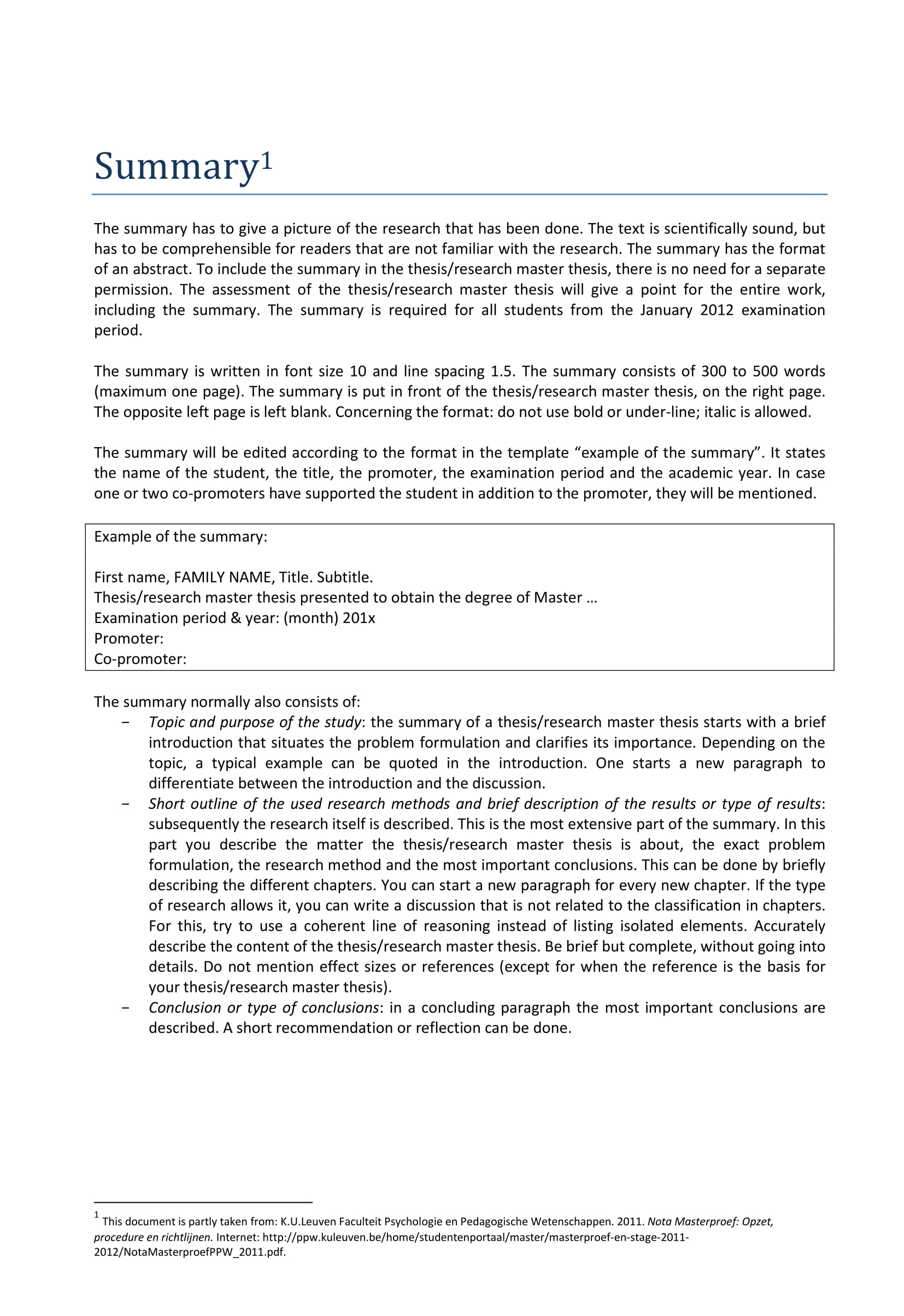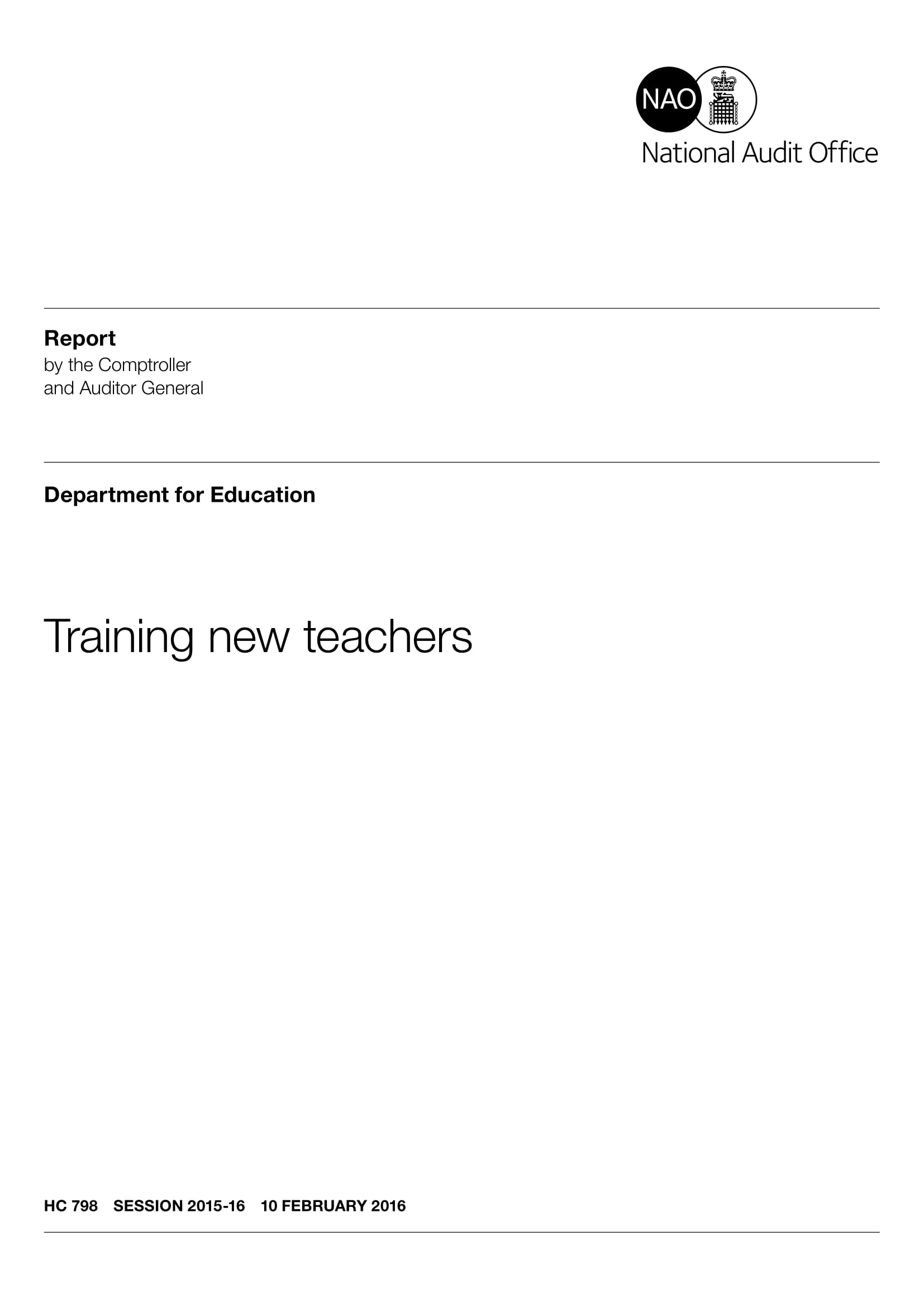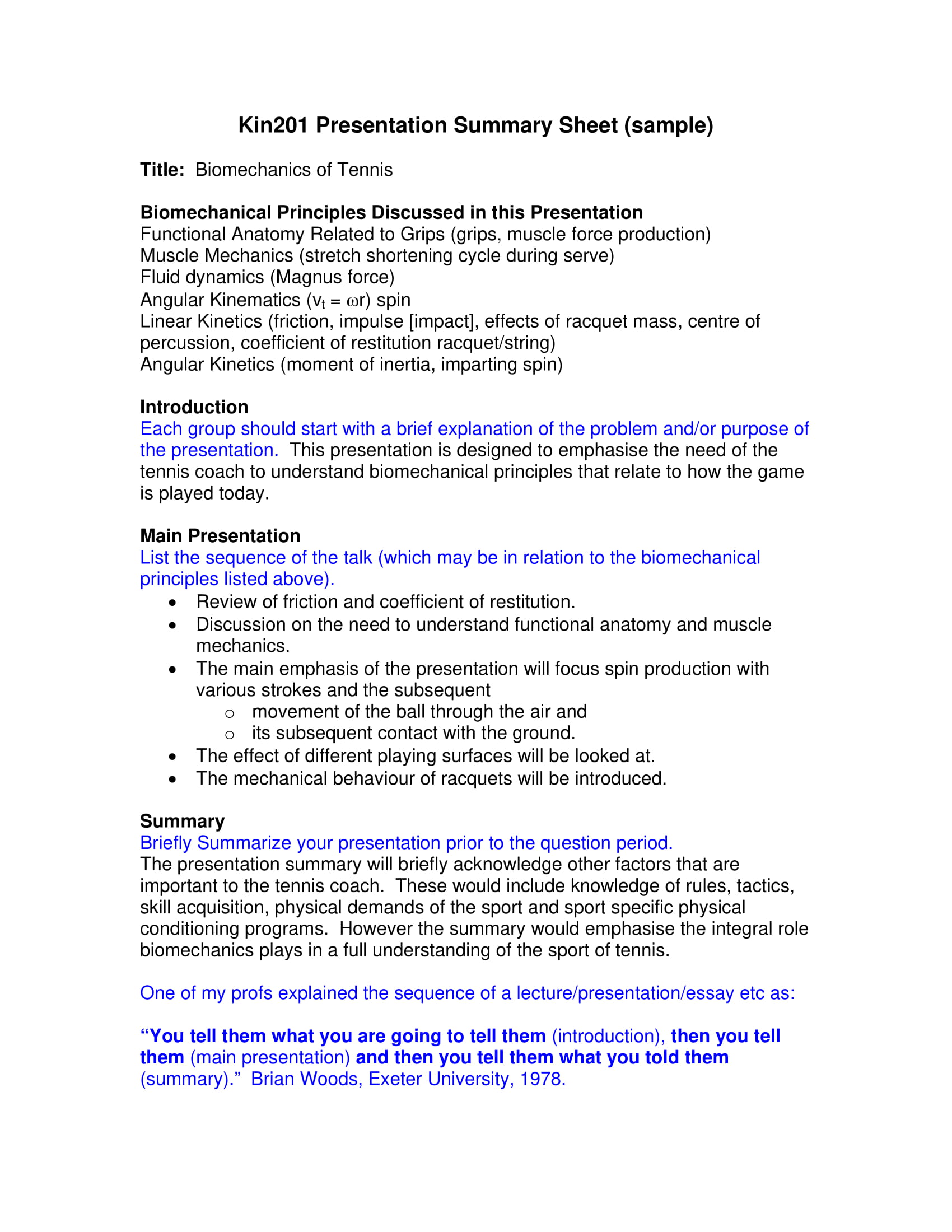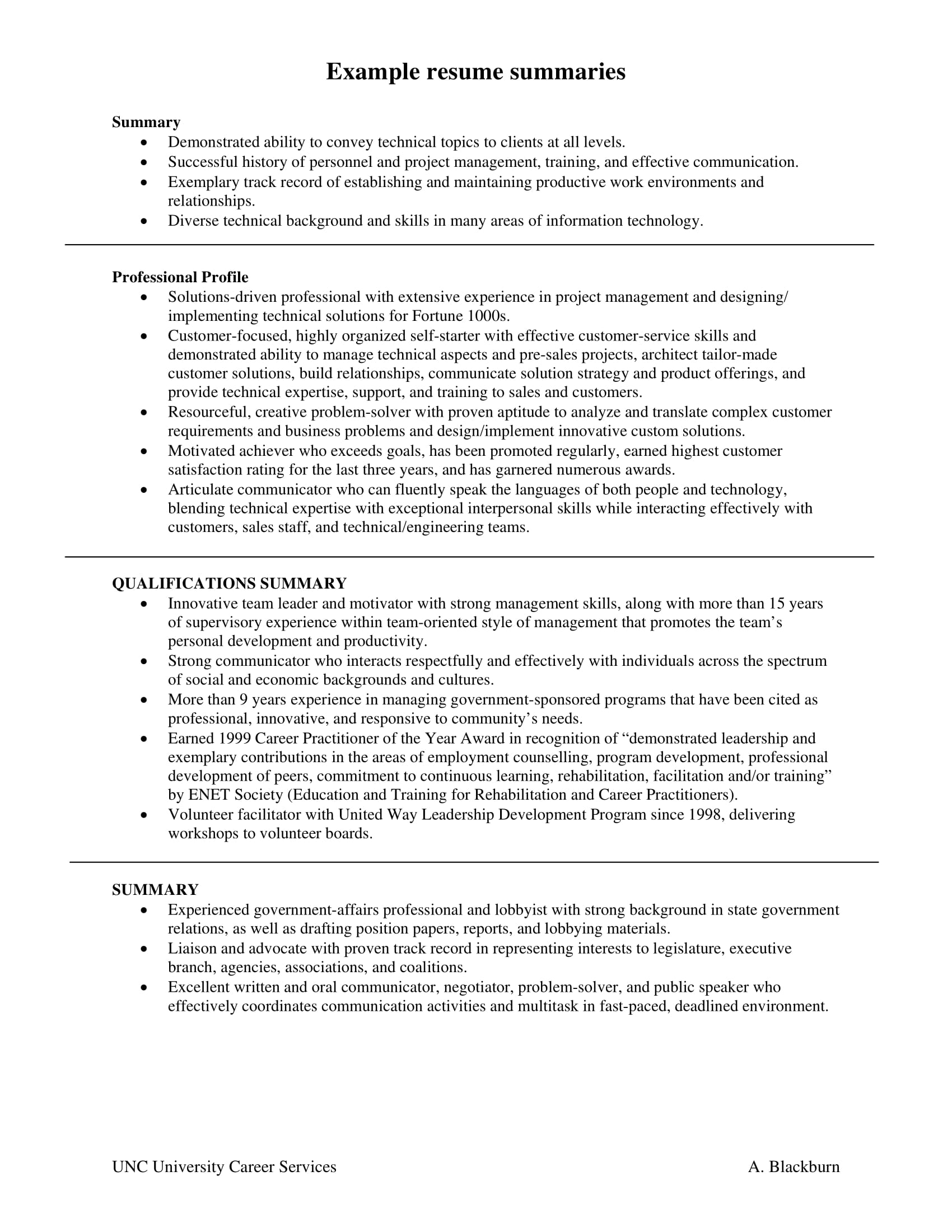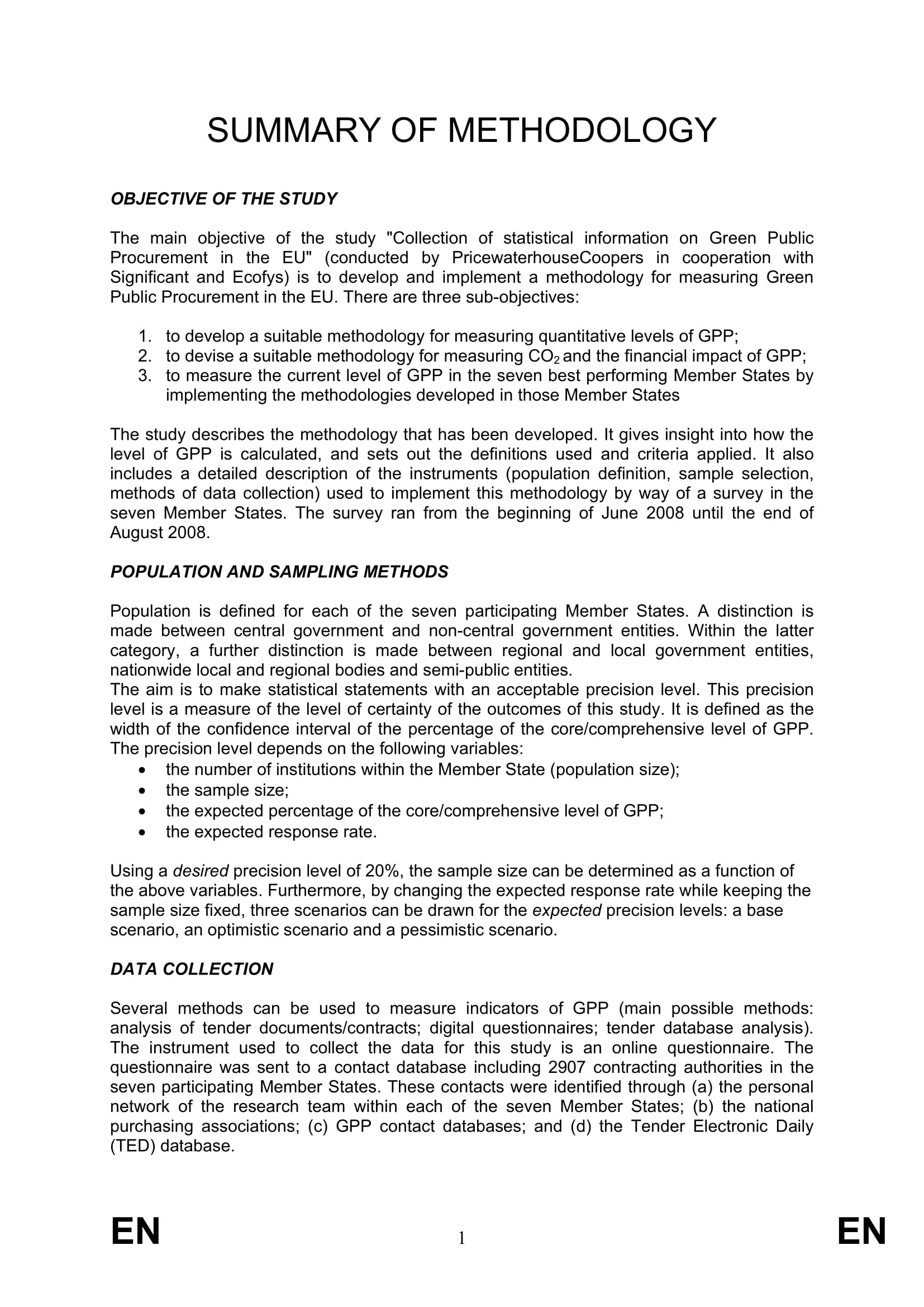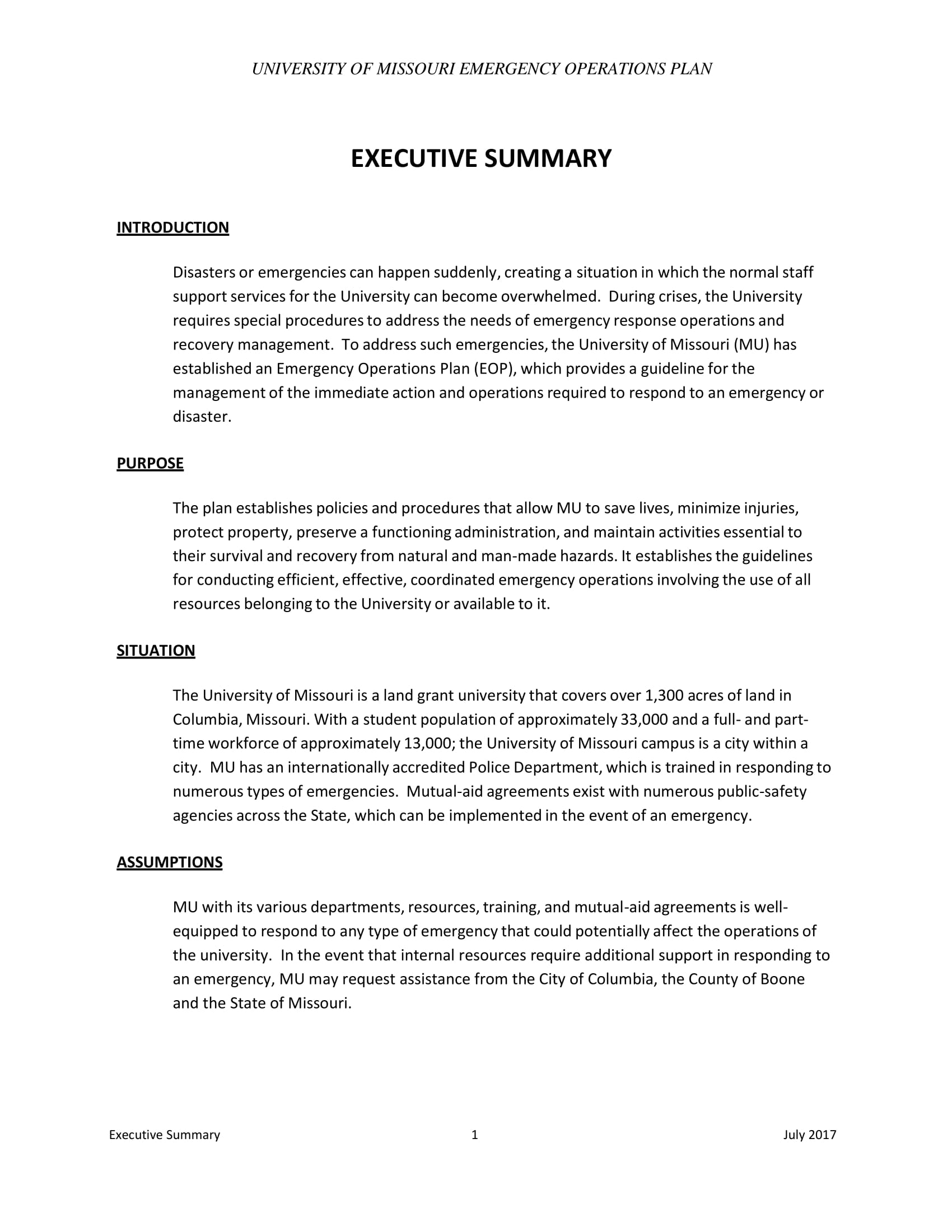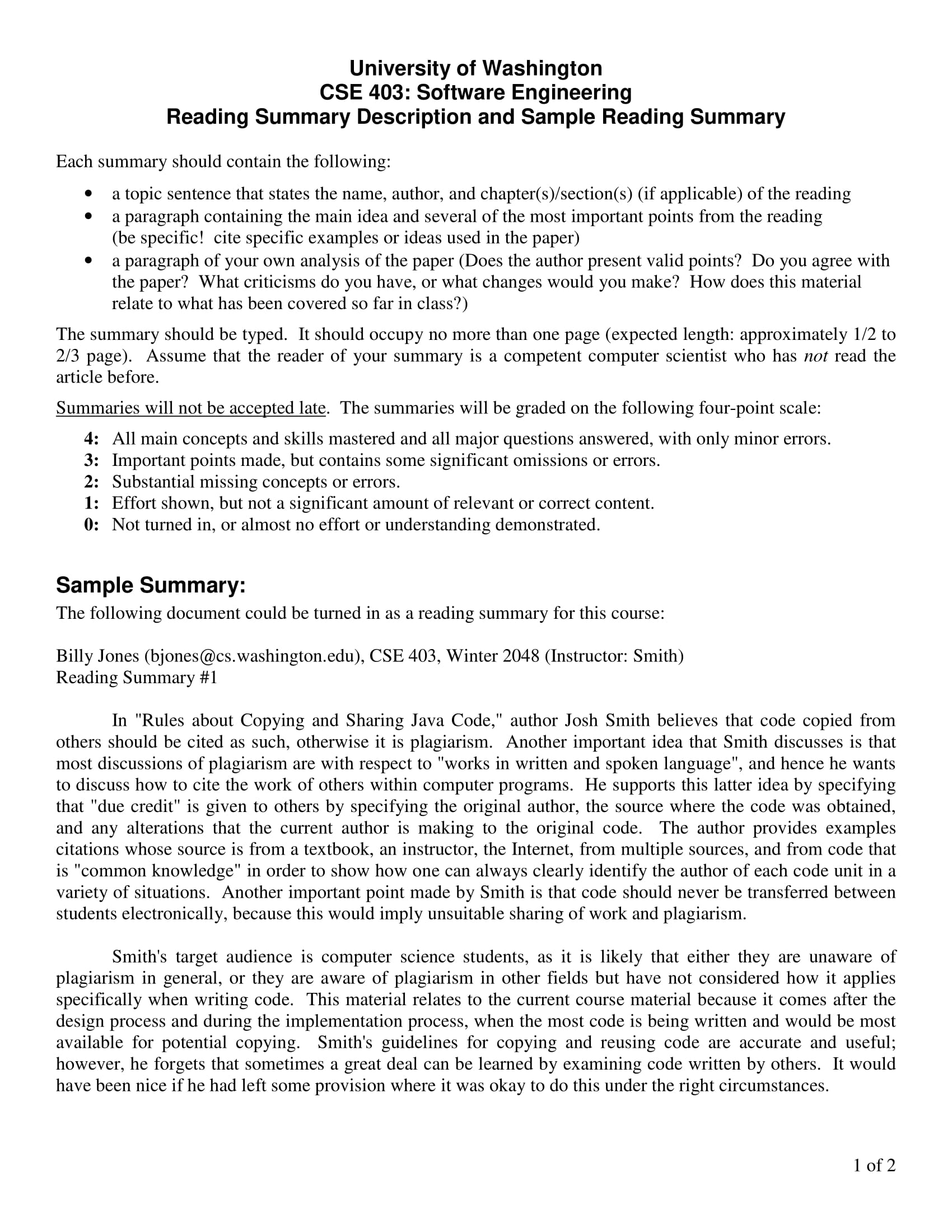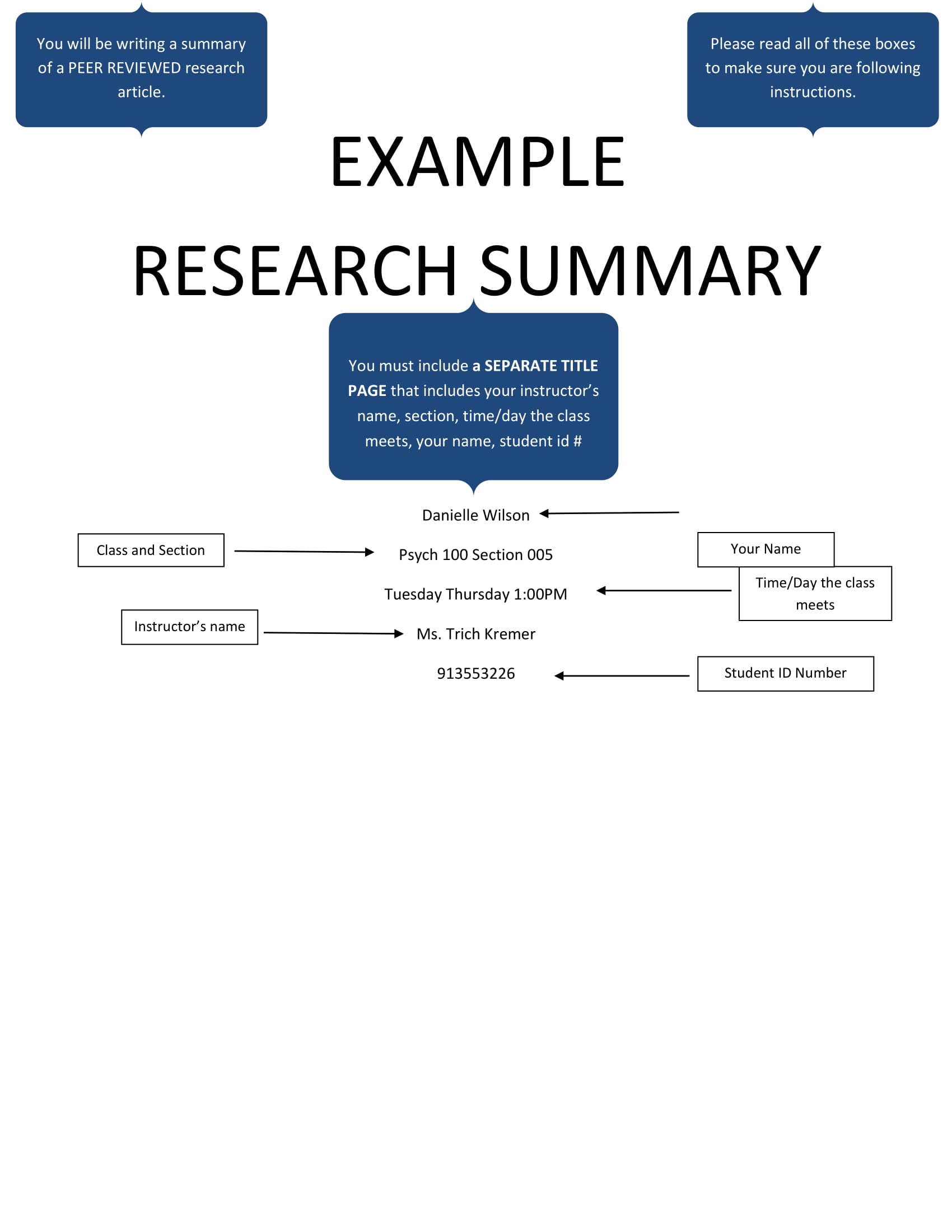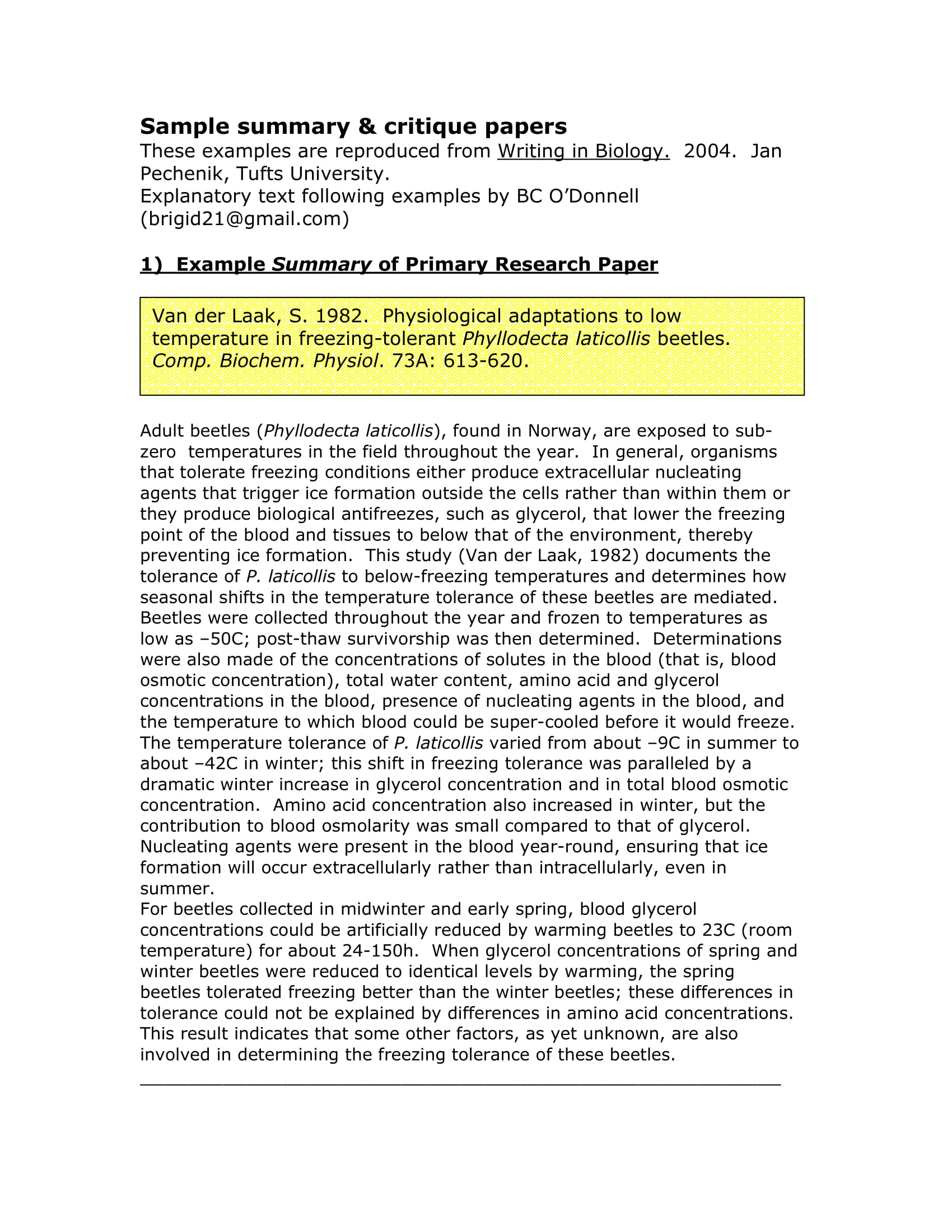19+ Summary Examples to Download
A summary can come in different forms as there are a lot of reading materials and documents that can be summarized. Using a summary maker helps streamline the process, making it easier to condense key points from any source. It can range from a basic book summary or simple performance summary examples up to a business summary essential for corporate processes. Summary templates also provide a consistent structure for presenting information clearly across different formats. There are different purposes why summaries are created. One of the major reasons for summary development is to ensure that the reader has the appropriate and correct understanding of the piece being summarized.
Making a summary can be challenging as all points of discussion must be covered within a short document. With this, you have to be aware of the particular kind of summary that you will make and the format that you will incorporate with the summary content. In this post, you can review summary examples that are used in different instances and activities. Use these downloadable examples as your references.
Commission Staff Summary Report Example
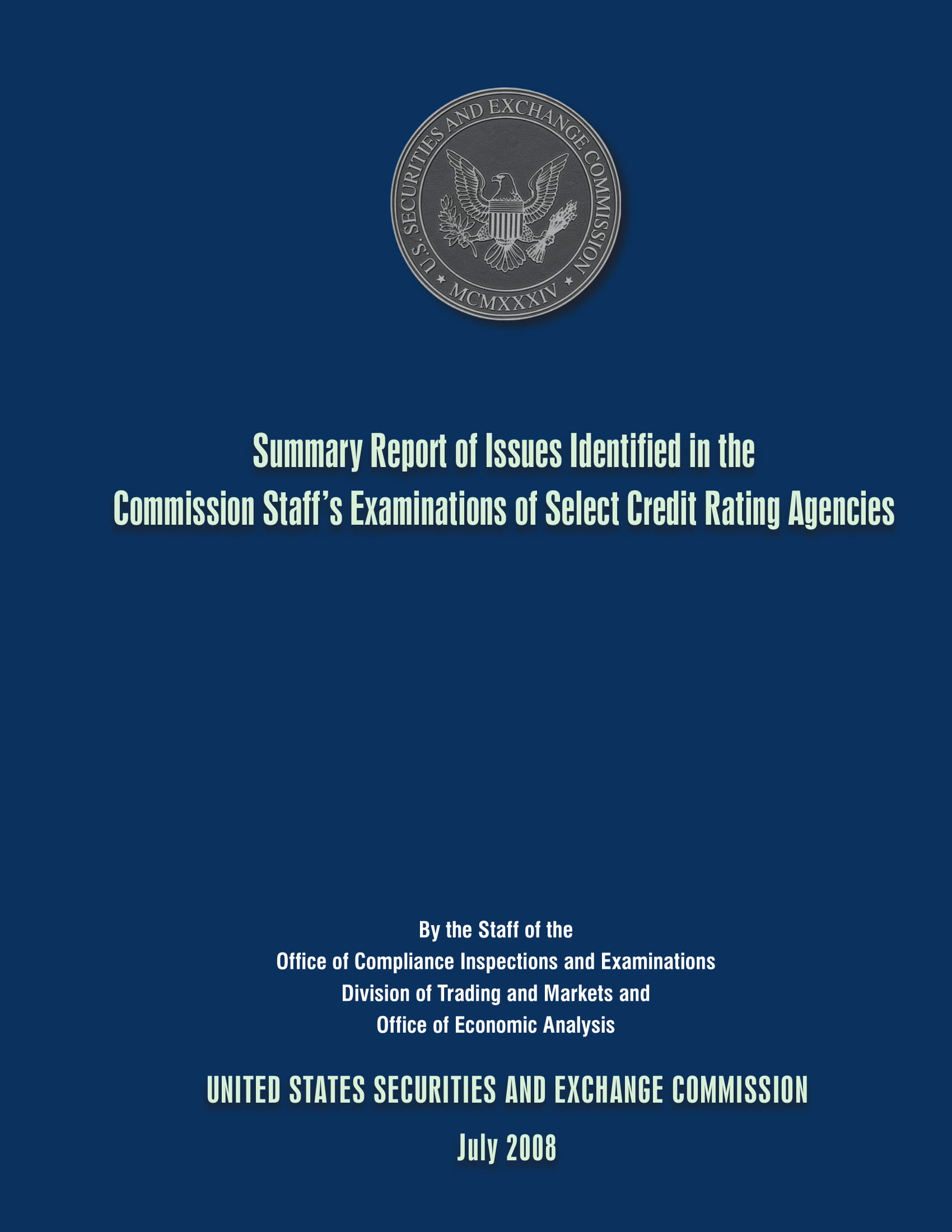
sec.gov
Loan Summary Example
Strategic Plan Example
Basic Ideas to Jump Start Your Summary Writing
Writing a summary, may it be an interview summary example or any other kinds of summaries, is not as it easy as it seems. You have to be careful with what you will include in the summary as the arrangement of content and completion of all the major points of the article should be highly considered. Here are some of the things that can help you become more knowledgeable of what summary writing is all about as well as other information that can help you create one effectively:
1. Making a summary can help you further process and understand all the details presented in a document or any material that you have read. This is the reason why most academic institutions provide activities to students related to the development of summaries. As we have specified above, there is a wide range of summary examples. There are some that are used in daily academic activities while some are used for a more in-depth and advanced research process or reporting.
2. Creating a summary allows professors to know that students have a full understanding of what they have read. The learning process can further be improved if students can easily grip contexts and properly relay the information that they have understood from any document. Wordings may change but it is important for you to remember that the interpretation of the material should still be based on the writer’s point of view. Always keep in mind that summaries are different from reaction reports. Hence, you have to make sure that you will specify items that are actually in the article and you should retain the interpretations attached in these. you may also check out resume summary examples.
3. Developing is a summary have guidelines to follow. Aside from the basics of summary writing, you also have to observe the instructions or directions given by professors. Even if you already have the knowledge on how to make a summary, it is still important for you to make sure that the requirements given by the people who asked you to write the summary are considered. There are some summaries that are very specific with formatting or what the document should contain which is why you always have to be aware of even the simplest instructions given to you.
Project Summary of Findings Example
Summary for Policy Makers Example
Basic Executive Summary Example
Important Factors to Consider When Making a Summary
If you want to learn how to write a movie summary or any summary in general, you first need to be aware of the factors that can make it easier for you to develop a summary without veering away from its objective or purpose. Listed below are a few of the factors that you have to look into and consider to ensure that you summary will be comprehensive, detailed and relevant:
1. It is important for you to take notes when reading any document. You can make a summary efficiently if you already have a list of the things which you think are essential and necessary to be discussed. Moreover, presenting the major points of the document that you have read can make your summary more effective. Knowing what to specifically write is the basic foundation of the entire development process of any summary. You may also see career summary examples.
2. Know how to paraphrase. Use quotation marks if the discussion requires the actual phrase from the material. You should not copy the exact words in the document as this will only defeat the purpose of making a summary that is direct to the point, specific and detailed.
3. Do not put your own idea in the summary. Your opinion about the subject matter should first be taken aside as a summary must fully present what the actual article is all about. Again, remember that there is a big difference when it comes to the creation of a reaction paper and a summary. You may also check out how to write a professional summary.
Risk Management Guide – Executive Summary Example
Summary of Coverage Example
How to Ensure the Effectiveness of a Summary
There are several do’s and don’ts in writing a chapter summary and other kinds of summaries. Having an idea of these guidelines can help you create a summary accordingly. A few ways on how you can ensure that you will make an effective summary that is thorough and complete are as follows:
1. Always review the reading material or any item that you will be summarizing. The piece where your summary will be based on is essential to be fully understood so you can easily identify the information that you should give focus on when writing your summary. You should ensure that you know how to identify important elements like the writer’s point of view, the topic being discussed, the supporting details written by the author, and the cohesion of all the items presented in the document. You may also see performance summary examples in pdf.
2. Thoroughly read the book, document or article that you will summarize. Know the point or purpose of the discussion and be aware of the specific items that strengthen the entire document. In this manner, you can be guided on how you can discuss the entire piece in a shorter and more precise manner.
3. When making a summary, it is best to create a draft first. This will make it easier for you to identify the things that you still need to include and the errors that you need to remove. Writing a draft can also help you to organize the arrangement of the content of your summary which is a great way to develop an outstanding discussion flow. You may also check out what to include in a resume summary statement.
4. Use checklists so you will not forget what to include in your summary. Some people may find this unnecessary but if you think that you still need this organizational tool, there is nothing wrong with using one.
Executive Summary Example
Charities Summary Report Example
How to Make a Simple Summary
Developing objective summary examples or any summary that you are tasked to create from scratch can be tedious and effort-demanding. However, there are some guidelines that will allow you to easily write the summary that you need. Here is how you can come up with a basic and simple summary:
1. Know the specific type of summary that you need to make. This can be done if you will have the idea of what you will be reading even before browsing through the document. You may also see examples of writing a narrative summary.
2. Scan the document first and develop initial thoughts about the discussion. Doing this can help you retain focus with the main idea of the document which you can further develop as you progress reading the article.
3. Once you are already in the process of reading the document, it is essential for you to start identifying the items that you can include in your summary. Each strong points of the discussion must be written so you can make a simple checklist that can specify the items that you have already placed in your actual summary.
4. Start making a draft that contains all the major plots and points for discussion. Anything that has been reflected in the piece that you will summarize must also be reflected in the final summary that you will make. Again, do not copy any word-per-word content. Use your own words but ensure that the items are interpreted just as how they have been in the document.
5. Reread the entire piece again after finishing the draft that you have created. In this manner, you will identify if you have included all the points that your summary need to cover. More so, this can help you evaluate the content of your draft especially its ability to reflect the source information in an organized manner. You may also check out how to write an investment summary.
6. Create the actual summary already. Your first paragraph should include the information pertaining to the article’s title and author. However, this will also depend on the instructions given by professors or any entities who have given the task to write a summary.
7. The body of your summary should be free from repetition. Again, this is why a draft is very important to be developed. Incorporate transitions that can help you discuss one major point to another. You might be interested in thesis summary examples.
8. Assess the length of the summary and make adjustments when necessary. The last thing that you need to do is to evaluate the final summary and ensure that it will be free from errors in grammar and spelling.
Summary of the Research Example
Training Summary for New Teachers Example
Presentation Summary Sheet Example
How to Separate Impressive Summaries from Bad Ones
Not all summaries are created equal. As an example, the efficiency of meeting summary examples will depend on the technical skills, ability and focus of the employee tasked to take notes during a corporate or a teem meeting. You can always observe those that are created properly and those that are made just for the sake of coming up with one.
Separating great summaries from those that lack quality is a skill that you should have so that you can easily know whether the summary that you have created is at par with the quality that you expect it to meet. A summary should have the following characteristics and qualities for it to be deemed outstanding and well-developed:
1. A summary must be created using a summarizing language. This means that the discussion is essential to be precise, short and direct to the point. Minimizing the usage of words to not make the document lenghty does not mean that you should neglect the summary’s quality. You may also see curriculum vitae summary examples.
2. A summary is expected to relay the main idea of the article or any reading material with clarity and transparency. Take note that summaries should be complete for the target readers to still get the point of the actual document where the summary is based from.
3. A summary must have the ability to show the idea of the document’s author. It is important that the items presented in the summary can strengthen and support the article’s discussion. You may also like what should be in an executive summary of a report?
4. A summary is recommended to be written in your own unique style, unless stated otherwise. Summaries can be better if you are comfortable with the format and tone that you will be using.
5. A summary should still be comprehensive even if article details are confined or condensed in a simple and content-specific material. Directly state your topic and all other parts of the summary discussion so you can come up with a short yet impressive summary. You may also check out research summary examples.
6. A summary must always be shorter than the actual article. Though it is already given, some people still find it hard to shorten articles especially if there are a lot of arguments and points that are essential to be included in the summary’s content.
Effective Executive Summary Example

med.navy.mil
Resume Summary Example
Summary of Methodology Example
Tips and Guidelines When Writing a Summary
Career summary examples and other types of summaries can be created in different ways and manners. The techniques and processes applied and followed by summary writers depend on how they feel is best to be used for a particular document to be summarized effectively. Listed below are a few tips and guidelines that can help you write a good summary.
1. Present a clear overview of the topic. Your summary is essential to have a good presentation of the document so that readers can easily be aware of what your summary is all about. If you can do this, then presenting supporting and additional details can be easier. You may also see how to create an executive summary of a marketing plan.
2. Know whether the document that you will be working with is a great piece to be summarized. There are some academic activities that will let you select the article that you will base your summary in. If you face this kind of scenario, make sure that you will select a piece that is a great subject for the activity. You may also like meeting summary examples.
3. Focus not only on the content of the summary but also on how you format it. The layout of the summary can impact the entire discussion a lot. Even if you can define and cover all the points of the article, not placing them in an understandable arrangement and discussion flow can only negate your objective to present a great summary. You may also check out how to write an executive summary for a business plan.
4. Make sure that you were able to comprehend the idea beneath the article that you have read. It is important for your summary to help readers understand the article even more, and not the other way around. The consideration of the actual article’s idea and meaning can further develop and improve your ability to create a credible and usable summary. You might be interested in performance summary examples in pdf.
5. Browse through your summary once you are done writing it. Errors in formatting, content placement, grammar and spelling can lessen the effectiveness of your summary. If you want to make sure that your summary is error-free, there is no shortcut to go. What you need to do is to evaluate the summary accordingly and be keen when observing all the parts and areas of your final output.
6. If possible, allow someone to read the summary that you have made. Letting him or her the actual article can help as well. This will let you know whether your summary is effective or not from another person’s point of view. With this, you can get recommendations on how you can better the summary that you have written.You may also like objective summary examples.
7. Use summary templates if you think you cannot create the actual layout of the summary. Templates can help a lot when it comes to organizing your discussion. The flow of your summary can be improved if you have a template as a reference or as a guide. Make sure that you will use a summary template related to the kind of summary that you will be doing.
Executive Summary Example
Reading Summary Example
How to Properly Use Summary Examples
Using summary examples, the ones listed in this post included, can be an amazing practice especially if you believe that you need references for summary writing. If used accordingly, summary examples can actually allow you to have a summary that is better than those written by other people. Here are some of the ways on how you can properly use summary examples to your advantage:
1. Just as how you write your actual summary, skim the context of the example that you will use as a guide. This way, you can assess whether the summary example that you have selected is fit for the summary that you actually need to create.
2. Gather summary examples that are relevant to your own undertaking. Since there are a lot of types or kinds of summaries, you have to ensure that you can make it easier for yourself to narrow down the summary guides that you will use. Not all summary examples are compatible with the document that you are tasked to developed. With this, it is of utmost importance for you to select examples that are truly beneficial and helpful to you. You may also like interview summary examples.
3. Download summary examples so you can still use them as future references. Not because you are already done with writing one summary does not mean that you will not most likely to create another in the future. Having summary examples at hand can help you develop an effective summary anytime.
Example of Research Summary
Summary and Critique Paper Example
Planning to Make a Summary By Now?
A summary may be a simple document, but it takes a lot of work for you to create one that is at its best form. Writing a summary is one skill that you need to practice as it is not only in the academic processes where it is valuable. Once you finished school, you will still face summary writing as businesses also need this document in a lot of instances. The tips and examples that are in this post are only some of the references that you can use. Be more thorough when it comes to researching ways on how you can be more effective in summary development. You may also see how to write a summary.
Even if there are still a lot of references out there, we believe that the discussion that we have presented are already enough to keep you going. Try using the content of this discussion as guides and start making the summary that you are tasked to write. We hope that we have helped you succeed in terms of coming up with a great and impressive summary.



